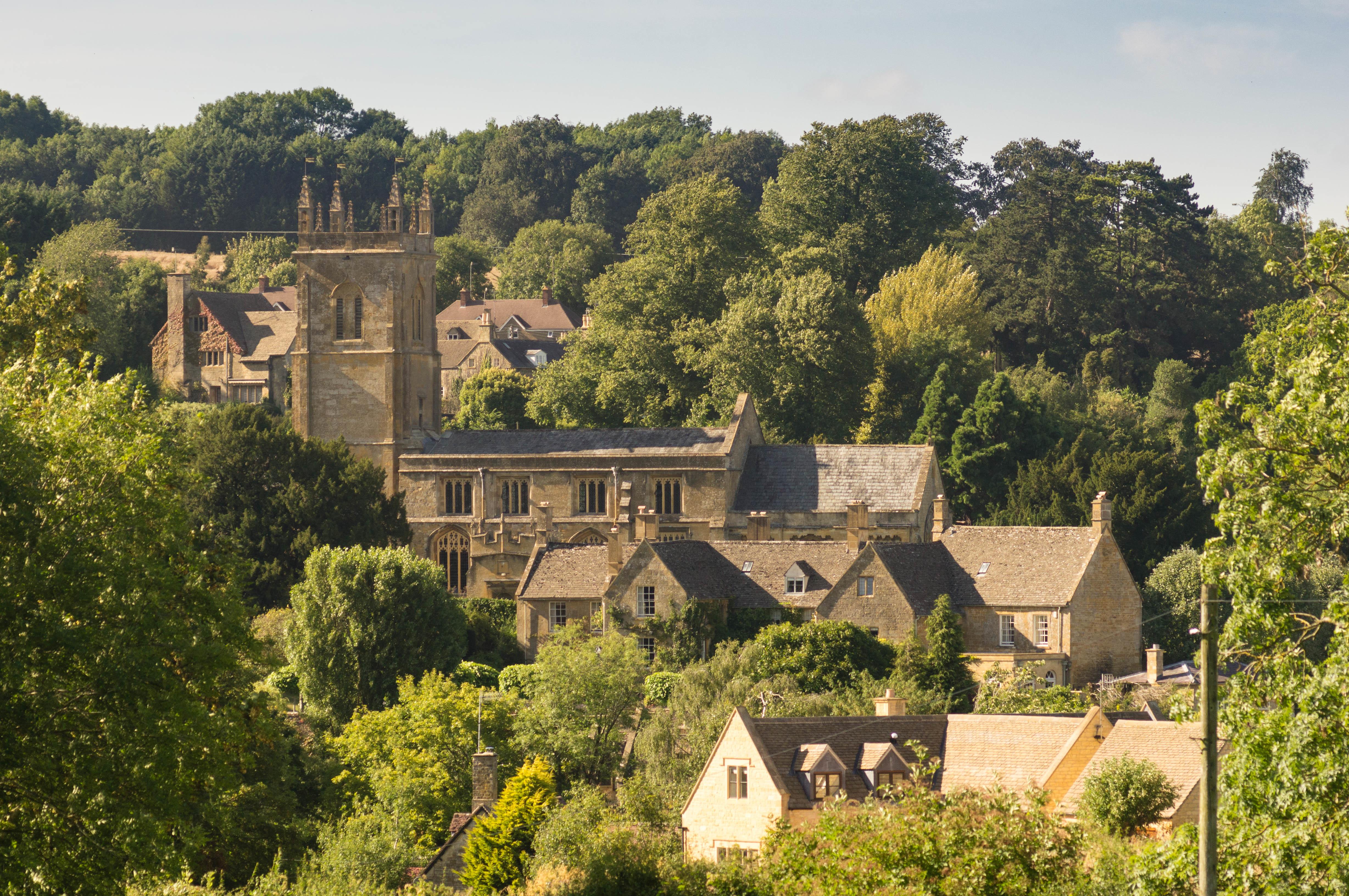Friends Meeting House
Broad Campden, Gloucestershire
The Meeting House dates to 1663, making it the earliest in the country still in use.

Full of human interest and interwoven with the people of this place for more than a thousand years, the church has survived good times and bad, and in the process has been altered, extended, and embellished.
Blockley, Gloucestershire
The church was founded in approximately 800AD. In 855AD documentary evidence shows that Burgred of Mercia sold Blockley to Bishop Alwhine of Worcester, with its established minster church.
In 1189 the Norman minster was completed, having been started perhaps 100 years before. The chancel walls, west end wall, nave lower walls, and arch of south porch are still visible today. The north aisle was built, and many of the windows were replaced around 1330-1380.
In 1630 the clerestory was added to the nave, with timber four centred roof trusses. The chantry chapel became a vestry with curate's accommodation above it and the first bells were hung.
In the late 18th century galleries were added in the nave and north aisle, to accommodate the expanding population working in the silk trade. They were removed, along with the box pews, in 1925.
A Peal of eight bells hangs in the tower. The 6th and the 7th are the earliest and were hung in 1638 during the reign of Charles 1st. The 6th carries the motto ‘GOD SAVE THE KING 1638’, whilst the 7th bears the motto ‘HENRY BAGLEE MADE ME 1638’.
Broad Campden, Gloucestershire
The Meeting House dates to 1663, making it the earliest in the country still in use.
Chipping Campden, Gloucestershire
Chipping Campden is one of the loveliest Cotswolds towns, packed with buildings made from the famous honey coloured stone.
Wickhamford, Worcestershire
Wickhamford's handsome limestone church makes a wonderful composition with the large half timbered manor house next door, bought in 1549 by the Sandys family.